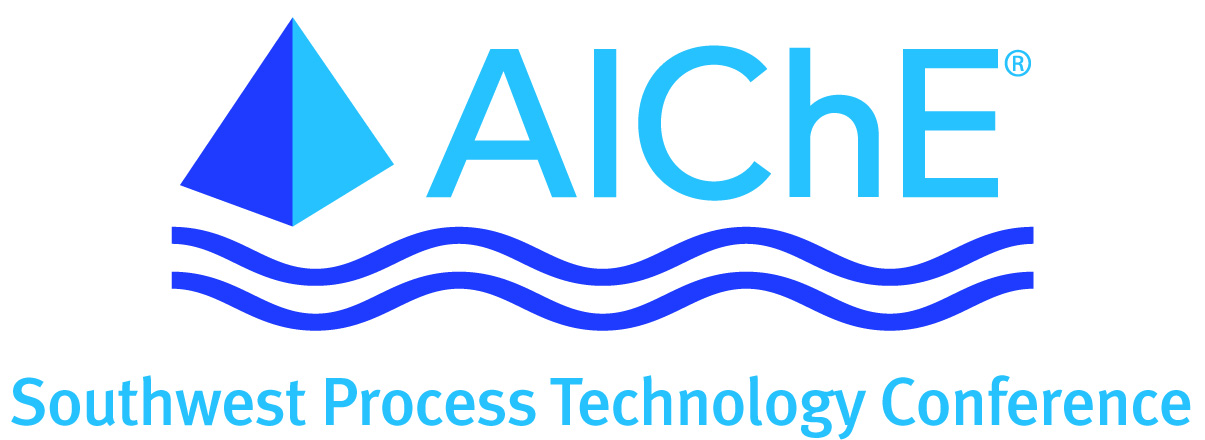

The Dow Energy business is responsible for managing and providing power, steam and other utilities to some of Dow’s largest sites located around the world. At certain sites, 100% of the steam requirements are generated on-site, and power is additionally supplied to the external grid; thus, any disruption to the steam and power supply would severely impact operations. An energy plant typically contains gas and steam turbines, boilers, synchronous condensers, and transformers. Each of these assets has the potential to experience unplanned shutdowns, in addition to scheduled maintenance shutdowns. It is important to ensure that steam and power requirements are still met, despite the uncertainties associated with asset shutdowns. Interrupted steam and power supply can cause short-term problems in meeting customer commitments and damage customer confidence in Dow’s supply chain. This drives the need for a model that effectively captures energy system operations so that data based decisions on effective and robust operating strategies and capital investments can be made. We present an approach that would enable evaluation of the reliability of steam and power supply under various conditions (e.g. the removal/addition of new assets) through computationally inexpensive simulations.
Our model development includes (1) extracting asset reliability information from asset specific historical data and used in the model to accurately depict unplanned shutdowns; and (2) understanding interactions between the various energy assets in order to accurately represent the energy plant from a steam and power perspective. The model is based on discrete event simulations (DES) and has been developed in ExtendSim®. Our model output focuses on statistics that would be pertinent to operating decisions and includes: equipment reliability, steam and power supply reliability. We additionally focus on developing a tool that is user-friendly to promote its use, longevity, and ability to easily leverage to other sites in the energy business. We then demonstrate the use of the tool on a hypothetical case study that aims to drive key business decisions.
In summary, the modeling approach we present involves the development of a discrete event simulation-based tool that can be used to facilitate operating decisions by quantitatively characterizing a site’s exposure to the risk of not obtaining the required steam and/or power supply. The tool would be used to drive key proactive energy decisions that include process development and enhancement related to steam and power assets.
